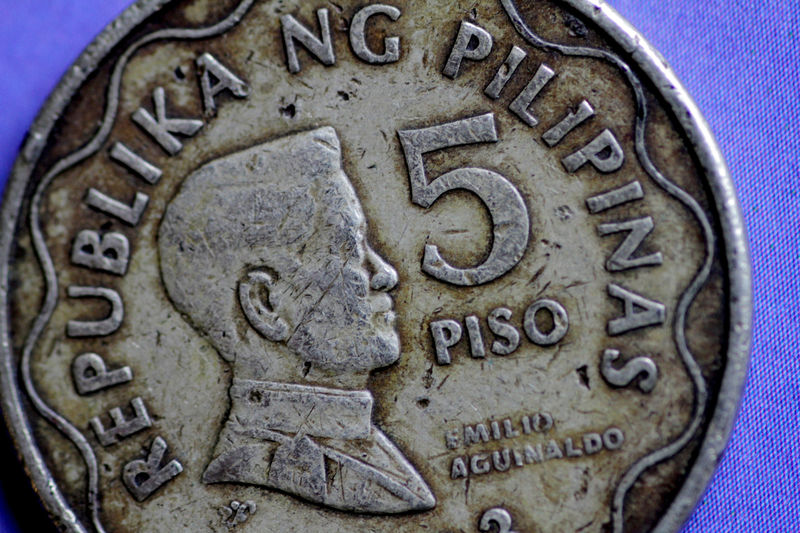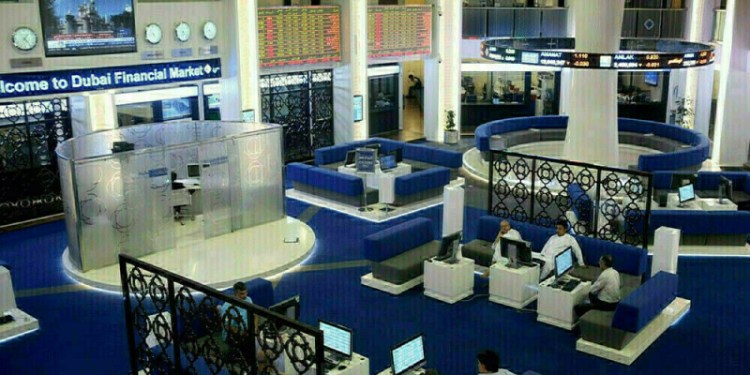 © Reuters. FILE PHOTO: Illustration photo of a Philippines Peso coin
© Reuters. FILE PHOTO: Illustration photo of a Philippines Peso coinBy Enrico Dela Cruz
MANILA (Reuters) – The Philippine central bank is widely expected to raise its key interest rate by another 50 basis points on Thursday, in a strong follow-through move to curb inflation and shore up the shaky peso currency, a Reuters’ poll showed.
All but one of 15 analysts surveyed expect the Bangko Sentral ng Pilipinas (BSP) to raise the reverse repo rate
The central bank has raised interest rates by 100 bps since May, including 50 bps on Aug. 9, in a bid to tamp down inflationary pressures, which have been steadily rising since January due to higher taxes, a weak peso, and rising food and fuel costs.
In August, inflation surged to a more than nine-year high of 6.4 percent, way above the central bank’s 2-4 percent comfort range, prompting policymakers to say they will take “strong immediate action” to manage the pace of price increases.
Some analysts see no immediate respite from high inflation with global oil prices on the rise and crop losses after the region was hit by a super typhoon, leading them to believe Thursday’s anticipated rate hike would not be the last for the year.
“Inflation risks appear front and center on the policy radar,” Barclays (LON:) said in a note, adding the central bank will likely keep its hawkish rhetoric.
“The continued upside risks to inflation beyond 3Q mean that there is greater likelihood of further monetary tightening in the next six months,” HSBC economist Noelan Arbis said.
An aggressive rate hike should also shore up the peso
But it may not give the peso much chance to rebound, as the U.S. Federal Reserve is expected to raise rates hours earlier, supporting the dollar.
(Polling by Enrico dela Cruz in MANILA and Shaloo Shrivastava and Khushboo Mittal in BENGALURU; Writing by Enrico dela Cruz; Editing by Kim Coghill)
Fusion Media or anyone involved with Fusion Media will not accept any liability for loss or damage as a result of reliance on the information including data, quotes, charts and buy/sell signals contained within this website. Please be fully informed regarding the risks and costs associated with trading the financial markets, it is one of the riskiest investment forms possible.
Source: Investing.com




























